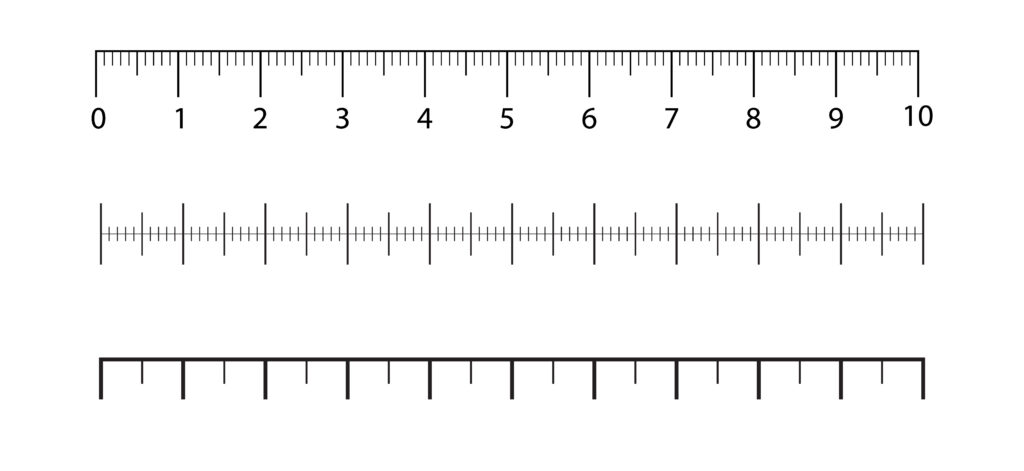Probability: Random Experiments
Chapter 16: The Marble Bag Experiment
Understand **random experiments** and compare **theoretical probability** (prediction) with **experimental probability** (simulation).
Help & Instructions
▼Key Definitions:
- **Random Experiment:** An experiment whose outcome cannot be predicted with certainty.
- **Theoretical Probability:** The ratio of favorable outcomes to the total number of outcomes.
- **Experimental Probability:** The ratio of the number of times an event occurs to the total number of trials performed.
- **Law of Large Numbers:** As the number of trials increases, the experimental probability approaches the theoretical probability.
How to Play:
- **Set Up:** Enter the number of Red, Blue, and Green marbles.
- **Predict:** The table automatically shows the Theoretical Probability.
- **Simulate:** Enter the number of trials (e.g., 10, 100, 1000) and run the experiment.
- **Compare:** Observe how the experimental percentage changes with more trials.
Set Up the Bag 🎒
| Color | Count in Bag | Theoretical Probability (Fraction) | Theoretical Probability (%) | Experimental Count (Trials: 0) | Experimental Probability (%) |
|---|---|---|---|---|---|
| Red | 0 | — | — | 0 | — |
| Blue | 0 | — | — | 0 | — |
| Green | 0 | — | — | 0 | — |
Mathematical Concepts:
A **Random Experiment** is characterized by the inability to predict the exact outcome, though the set of all possible outcomes (the **Sample Space**) is known. The difference between theoretical and experimental probability closes as the number of trials increases, illustrating the **Law of Large Numbers**.
The Mathematics Behind the Simulation
Key Formulas:
- $P(\text{Event}) = \frac{\text{Number of Favorable Outcomes}}{\text{Total Number of Outcomes}}$
- The total number of outcomes is the total number of marbles: $N_{total} = N_{red} + N_{blue} + N_{green}$.
- Experimental Probability $(\%)= \frac{\text{Experimental Count}}{\text{Total Trials}} \times 100$.
Real-world Applications:
The principles of probability and random experiments are vital in:
- **Risk Analysis:** Calculating insurance premiums and investment risks.
- **Quality Control:** Determining the likelihood of defects in manufacturing.
- **Genetics:** Predicting the probability of certain traits being inherited.



